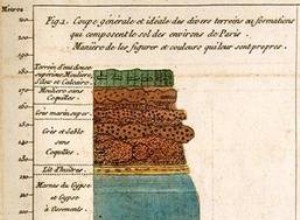beginning Following the influence of geology and paleontology in the early 19th century, evolutionary theories challenged the history of human origin discussed in sacred texts. By rendering humanity a natural product, rather than divine creation, evolutionists broke down the barrier between human




